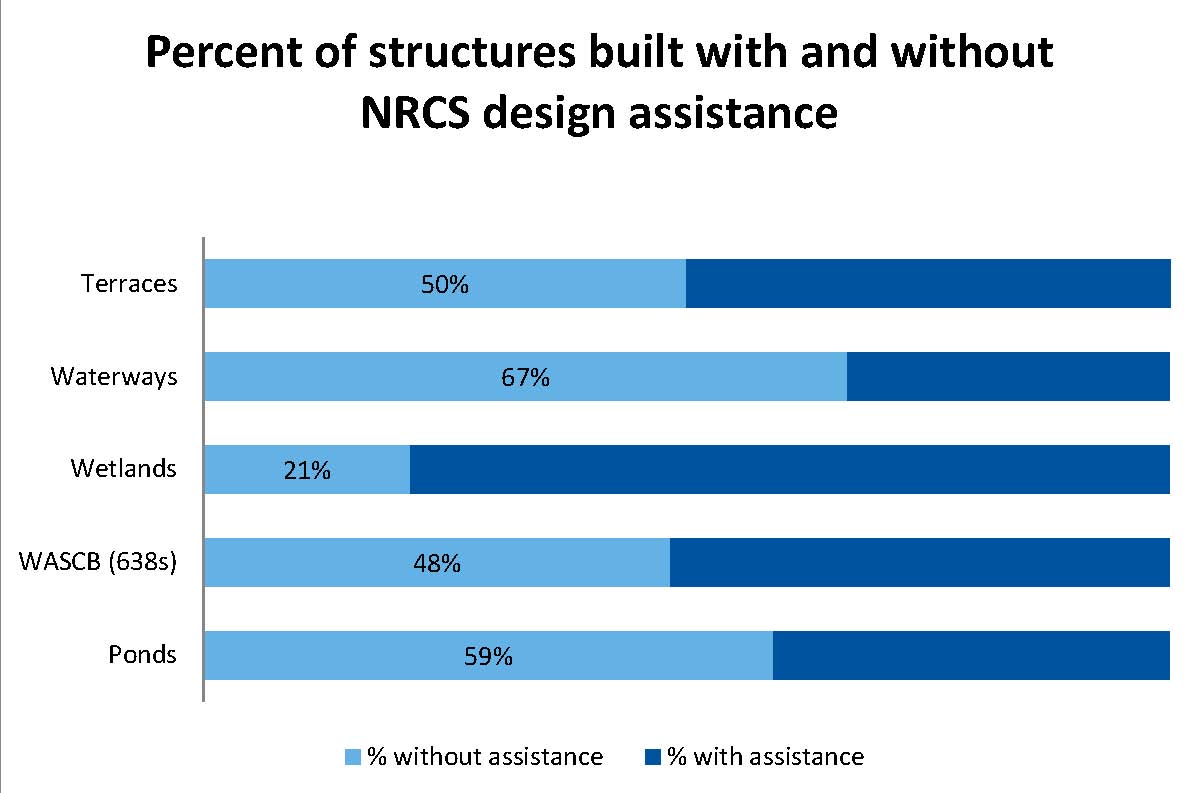I have four children. My youngest will be graduating from college in the spring of 2015. There are definitely good and bad points to being empty nesters. I do miss having my children at home, but one of the really good things is that Peggy (my wife) and I are done buying cars for my children. Early on we told our children that we would buy each one a car after they turned 16. However, we never promised them what kind of car they would get. Since we were buying the car we reserved the right to buy the car that we thought was the best fit for the child and also met our needs. Oh sure, we let them pick between two very similar options, but in the end their decision-making was pretty limited. If they wanted our money they played by our rules.
Now that my children are spending their own money on cars, they choose what kind of car to buy. Two of my children bought brand new cars. They wanted cars that looked nice and required very little maintenance. My other two children decided to spend less up front and buy used cars. They understood that their used car would probably have higher maintenance costs but thought the trade-offs were worth it.
I think this serves as a good analogy for farmers who install conservation. In most cases, farmers can choose to install conservation practices with or without cost-share. When a farmer accepts government cost-share for installing a conservation practice, the agency makes most of the decisions. Sure the farmer has some say so, but in general the agency calls the shots. The practice standards are set by the agency and if the farmer wants the cost-share they have to meet the agency standards. For instance if the farmer gets cost-share for a waterway, the agency is going to decide the layout, the width, the depth, and probably even the seeding mixture and seeding rate. This is all done with little or no input from the farmer. There is a reason behind this. If a farmer receives public dollars, the public deserves to be assured all actions were taken to provide a design that will provide adequate form and function, so the practice stands the test of time.
However, if a farmer is willing to fund conservation themselves, they get to make the decisions. They get to decide things like the waterway shape (parabolic or trapezoidal), the width, the depth, and even the seeding mixture and rate. They get to base their decision on what they feel is right for them. For those of us who design waterways, we know there are trade-offs between width and depths and that these decisions, of course, affect water velocities. You can make a waterway shallow and wider or deeper and narrower. Shallow, wide waterways have slower water velocities. A slower water velocity leads to less erosion in the waterway channel, which may lead to less maintenance. The downside to a wider waterway is that it takes more land out of production. Instead, the farmer may choose to construct the waterway narrower and deeper resulting in less land taken out of production. But, the downside is that the water velocity is faster which means the waterway is susceptible to more erosion. This probably means a higher on-going maintenance cost.
Ultimately, when a farmer does not take government money, he has a lot more options. Imagine a farmer making this choice; reduce the width of his waterway and in the process save a half acre of land. If the land is worth $10,000/acre then the decision to keep this $5,000 of land in production would easily be more than the value of the government cost share. Spending a little more on maintenance might be better than giving up a half acre of land.
Of course, this idea is not new to contractors or farmers. In January 2013, I surveyed land improvement contractors attending the Iowa LICA Annual Meeting and Convention in Des Moines, Iowa. A total of 47 individuals provided comments about the number of structures they build per year and the number built without NRCS cost share or design assistance. (See table below.) I guess this speaks to the desire for farmers to implement conservation but still do it their own way. I am not advocating for narrow waterways. But, I do think it is important farmers understand their options when installing conservation practices. Ultimately as the landowner, they get to make the decision.
I guess this speaks to the desire for farmers to implement conservation but still do it their own way. I am not advocating for narrow waterways. But, I do think it is important farmers understand their options when installing conservation practices. Ultimately as the landowner, they get to make the decision.